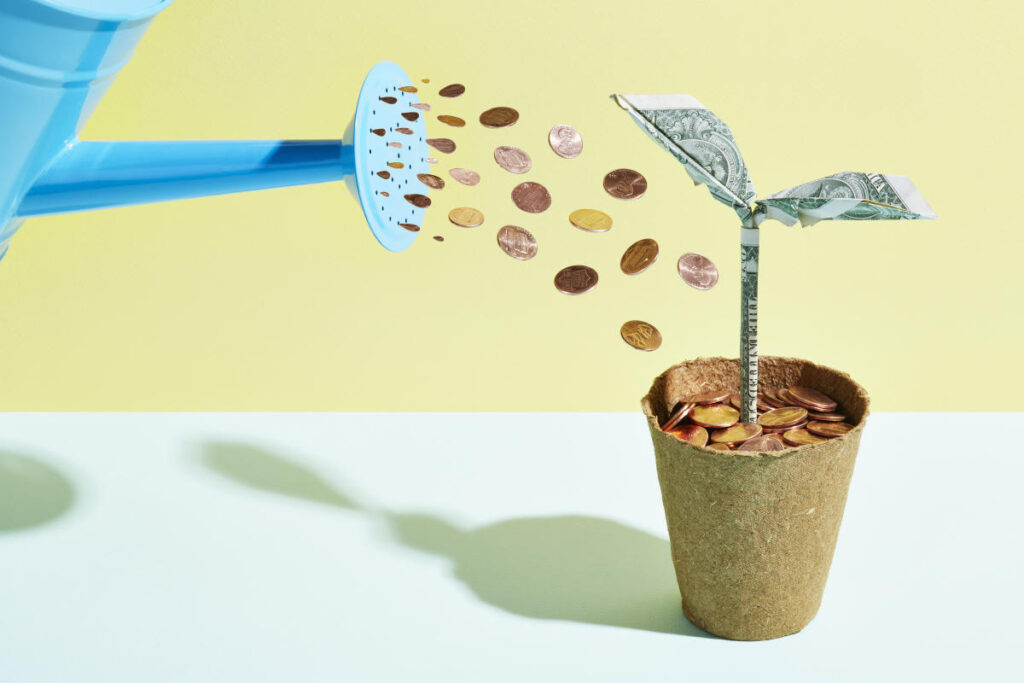Certificates of Deposit (CDs) are a popular investment vehicle that offers a fixed interest rate on deposited funds in exchange for locking up the money for a specified term, which can range from one month to several years. These products are generally appealing because they often provide better yields than traditional savings accounts or money market accounts. However, the rates associated with CDs can significantly vary based on multiple factors, including the financial institution, the type of CD, and the term chosen by the investor. In an era influenced by fluctuating interest rates, understanding what constitutes a “good” CD rate and how to enhance your return becomes essential for financial planning.
As of late 2023, CD rates are comparatively high, primarily due to a series of rate hikes implemented by the Federal Reserve to combat inflation. In 2022 and 2023, the Fed raised interest rates 11 times, leading to increased deposit account rates, including CDs. However, following a 50 basis point cut in the federal funds rate in September 2024, average CD rates have started to decline. While the national average for CD rates gives an overall picture, it’s crucial to recognize that the highest rates can considerably exceed 4% APY, indicating a disparity that encourages consumers to shop around for the best offers before committing to a specific CD.
Several intrinsic and extrinsic factors influence CD rates, and potential investors should be aware of them to make informed decisions. The federal funds rate is a significant factor; when the Fed adjusts this rate, banks typically follow suit with adjustments to their CD interest rates. The policies of different banks also play a crucial role; larger institutions often offer lower rates compared to online or smaller banks, which actively seek deposits. The variety in the types of CDs available, such as those with features like no early withdrawal penalties or options to increase the interest rate post-deposit, must also be understood, as these generally come with lower APYs. Moreover, the term length selected for the CD can influence the rate—longer terms traditionally yield more, but during rising market conditions, shorter terms can occasionally provide better returns.
When evaluating CDs, it’s essential to compare rates across various institutions to identify the best options. Factors such as the annual percentage yield (APY), term lengths, minimum deposit requirements, and withdrawal penalties should be taken into account. The APY offers a more precise estimate of the earnings over a year, considering compounding interest. While longer terms can promise higher rates, it’s also vital to gauge one’s financial situation and when access to those funds may be required. This comprehensive assessment will guide potential investors in selecting a CD that aligns with their financial objectives and liquidity needs.
Interestingly, despite many discussions around CD rates reaching up to 6%, such highs are largely unattainable in the current market. Most attractive CD rates tend to cap out around 5% APY, particularly for short-term CDs. Occasionally, high-yield savings accounts may come close to the 6% mark, especially through promotional offers from credit unions. Therefore, staying vigilant by periodically reviewing available promotional rates can potentially yield higher returns for savers who may not be ready or willing to commit funds for extended periods.
Ultimately, the return on investment from a CD is contingent upon the APY and the compounding frequency. For instance, if a $10,000 deposit is made into a one-year CD with a 4% APY compounded monthly, the account would accrue $407 in interest by the term’s end, resulting in a total balance of $10,407. This simple illustration underscores the importance of understanding how compounding works in conjunction with APY. For anyone considering a CD investment, a thorough exploration of options, rates, and features will ensure a solid return, aligning savings with broader financial goals.

